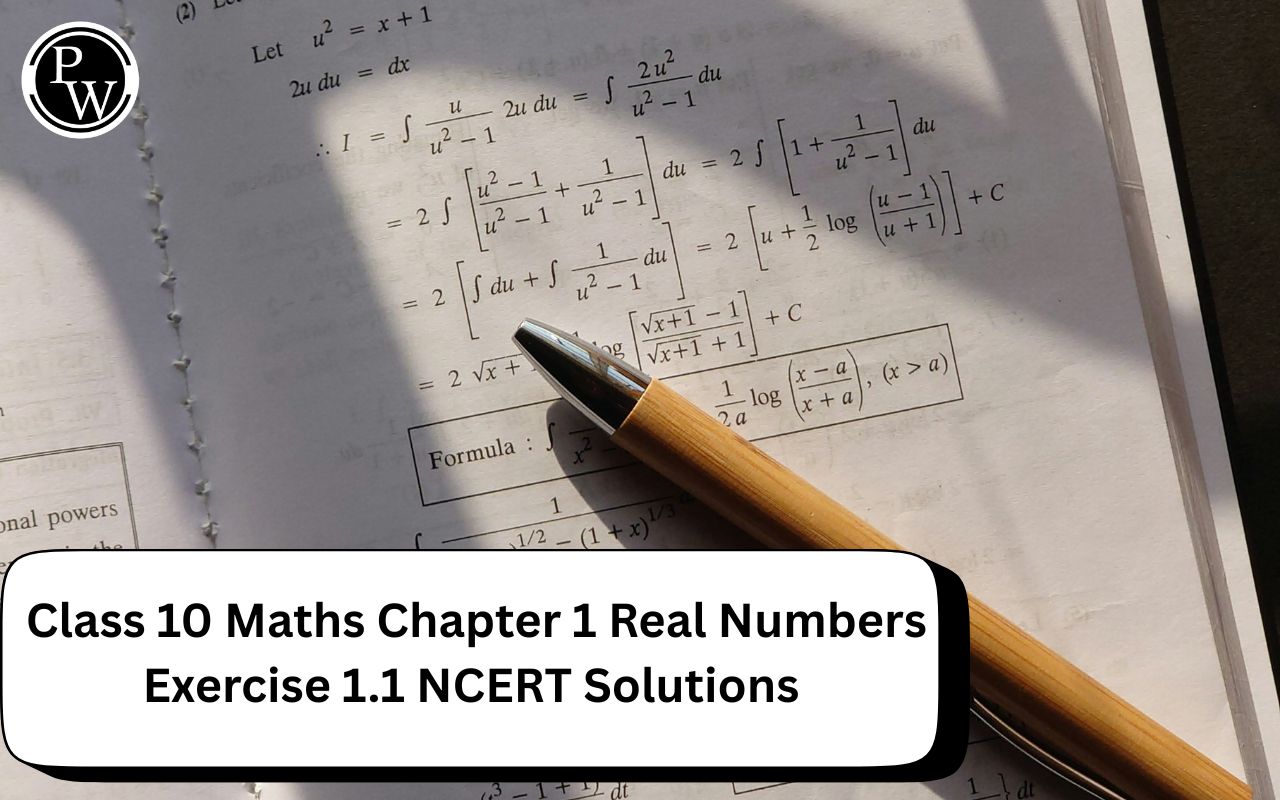
Introduction
Chemical Bonding of Class 11
A molecule is formed if it is more stable and has lower energy than the individual atoms. Normally only electrons in the outermost shell of an atom are involved in bond formation and in this process each atom attains a stable electronic configuration of inert gas. Atoms may attain stable electronic configuration in three different ways by loosing electrons, by gaining or by sharing electrons. Elements may be divided into three classes.
-
Electropositive elements, whose atoms give up one or more electrons easily, they have low ionization potentials.
-
Electronegative elements, which can gain electrons. They have higher value of electronegativity.
-
Elements which have little tendency to loose or gain electrons.
Three different types of bond may be formed depending on the electropositive or electronegative character of the atoms involved.
Electropositive element + Electronegative element = Ionic bond (electrovalent bond)
Electronegative element + Electronegative element = Covalent bond
Electropositive + Electropositive element = Metallic bond.









